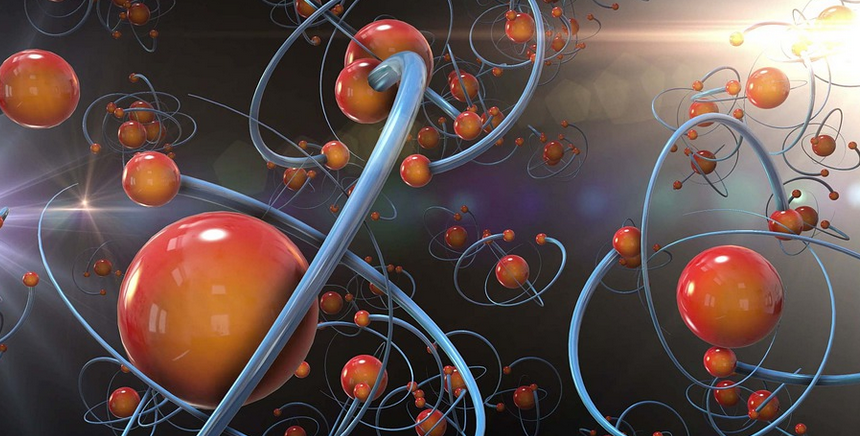Introduction
Benzoic acid and phenol are two common organic compounds used in various industries such as pharmaceuticals, food, and cosmetics. However, separating these compounds can be a challenging task due to their similar physical and chemical properties. In this article, we will discuss some tips and tricks to successfully separate benzoic acid and phenol.
Understanding the Properties of Benzoic Acid and Phenol
Benzoic acid and phenol have similar properties such as solubility in water and organic solvents. However, they have different melting and boiling points. Benzoic acid has a higher melting and boiling point than phenol. This property can be used to separate these compounds.
Separation Techniques
1. Fractional Distillation
Fractional distillation is a commonly used technique to separate two or more compounds based on their boiling points. In this technique, the mixture is heated in a distillation flask, and the vapors are passed through a fractionating column. The column contains several trays or packing materials that provide a large surface area for the vapors to condense and vaporize. As the vapors travel up the column, the temperature decreases, and the compounds with higher boiling points condense and collect on the trays, while the compounds with lower boiling points vaporize and pass through the column. By adjusting the temperature and the rate of heating, we can separate benzoic acid and phenol.
2. Acid-Base Extraction
Acid-base extraction is another technique used to separate organic compounds based on their acid-base properties. In this technique, the mixture is dissolved in a suitable solvent such as water, and an acid or a base is added to the solution. Benzoic acid is an acid, and it will react with a base such as sodium hydroxide to form a salt that is soluble in water. Phenol, on the other hand, is a weak acid, and it will not react with a base. Therefore, we can extract benzoic acid by adding a base to the solution and separating it from phenol.
Tips and Tricks
1. Use a Suitable Solvent
The choice of solvent is crucial in separating benzoic acid and phenol. The solvent should be able to dissolve both compounds but should have a different solubility for each compound. For example, if we use water as a solvent, both compounds will dissolve, and it will be difficult to separate them. However, if we use a non-polar solvent such as diethyl ether or benzene, benzoic acid will dissolve more, and we can extract it from phenol.
2. Control the Temperature
The temperature is also an important factor in separating benzoic acid and phenol. If we use a high temperature, both compounds will vaporize and condense together, and it will be difficult to separate them. Therefore, we should use a low temperature and a slow rate of heating to separate these compounds.
3. Use Additives
We can also use additives to improve the separation of benzoic acid and phenol. For example, we can add a salt such as sodium chloride to the mixture. The salt will increase the ionic strength of the solution and reduce the solubility of benzoic acid in water, making it easier to extract.
Conclusion
Separating benzoic acid and phenol can be a challenging task, but with the right techniques and tips, we can successfully separate these compounds. Fractional distillation and acid-base extraction are two commonly used techniques, and the choice of solvent, temperature, and additives can improve the separation process. By understanding the properties of these compounds and using the right techniques, we can ensure the purity and quality of these organic compounds in various industries.

